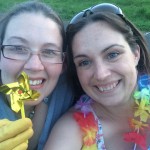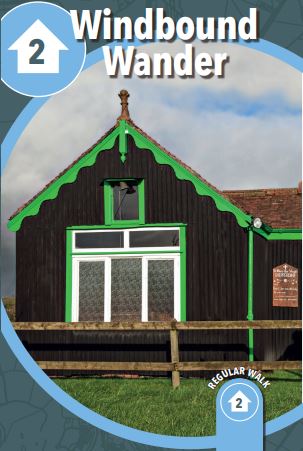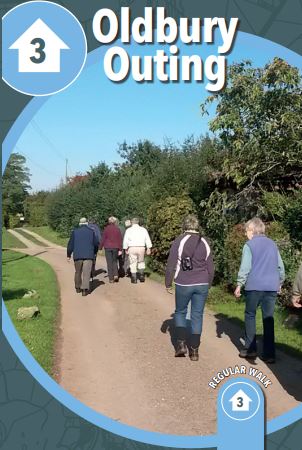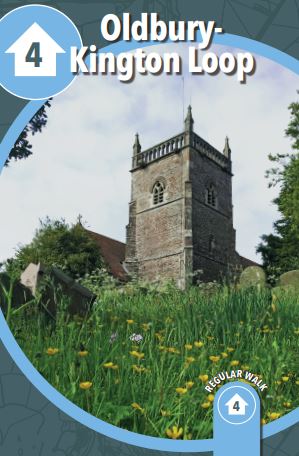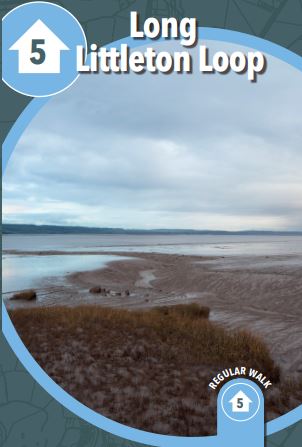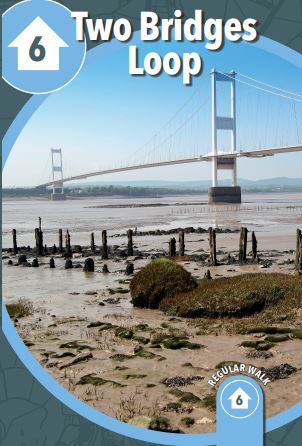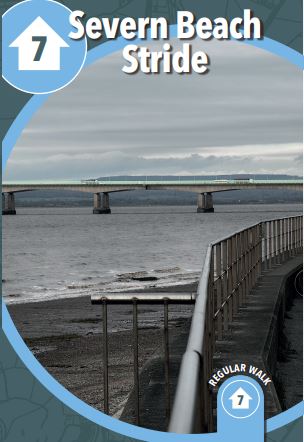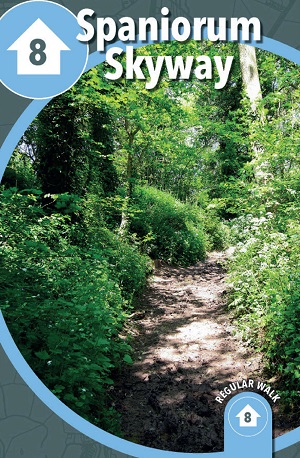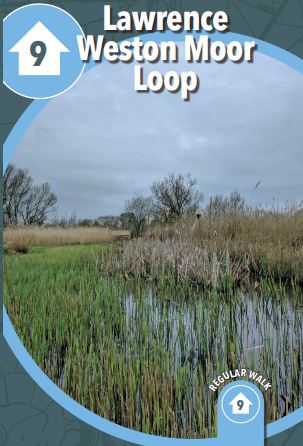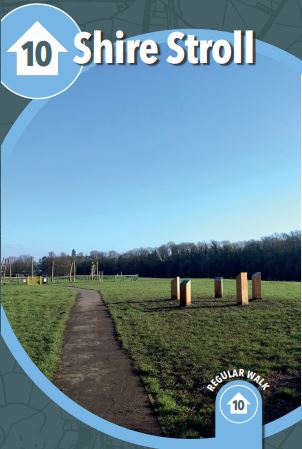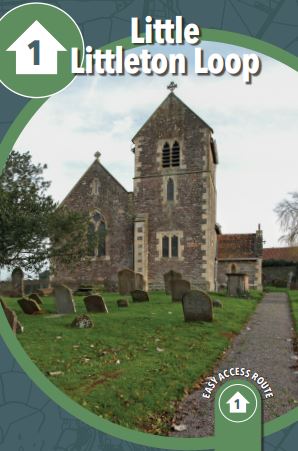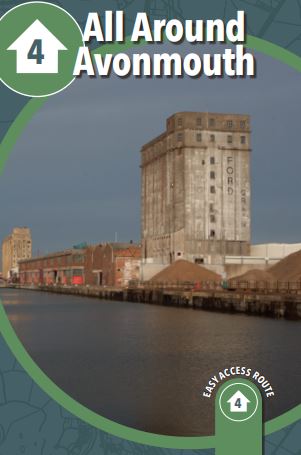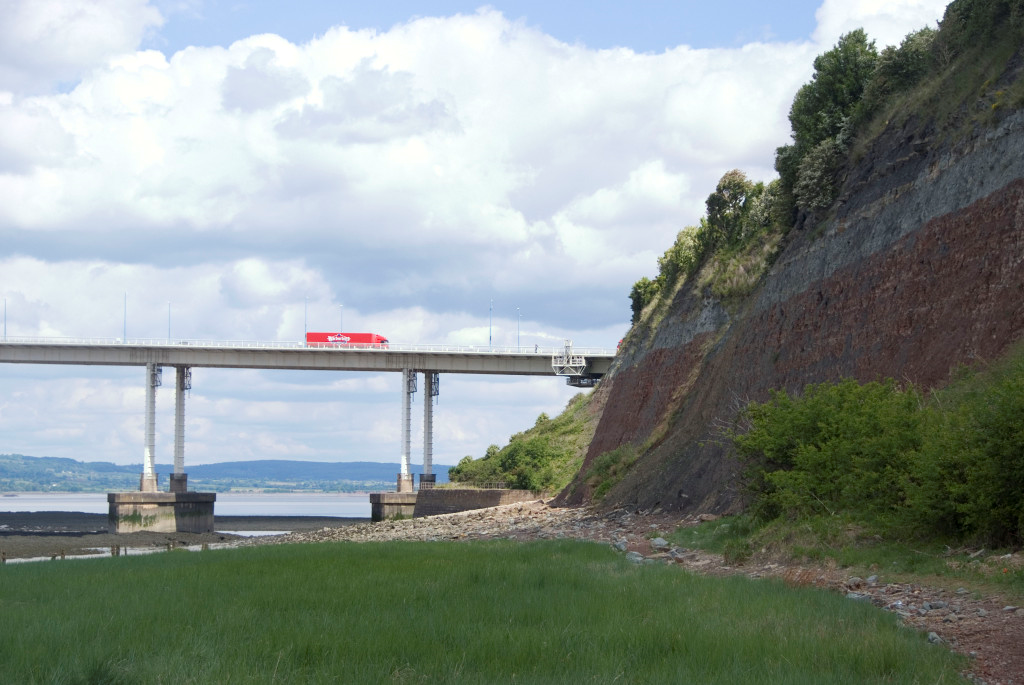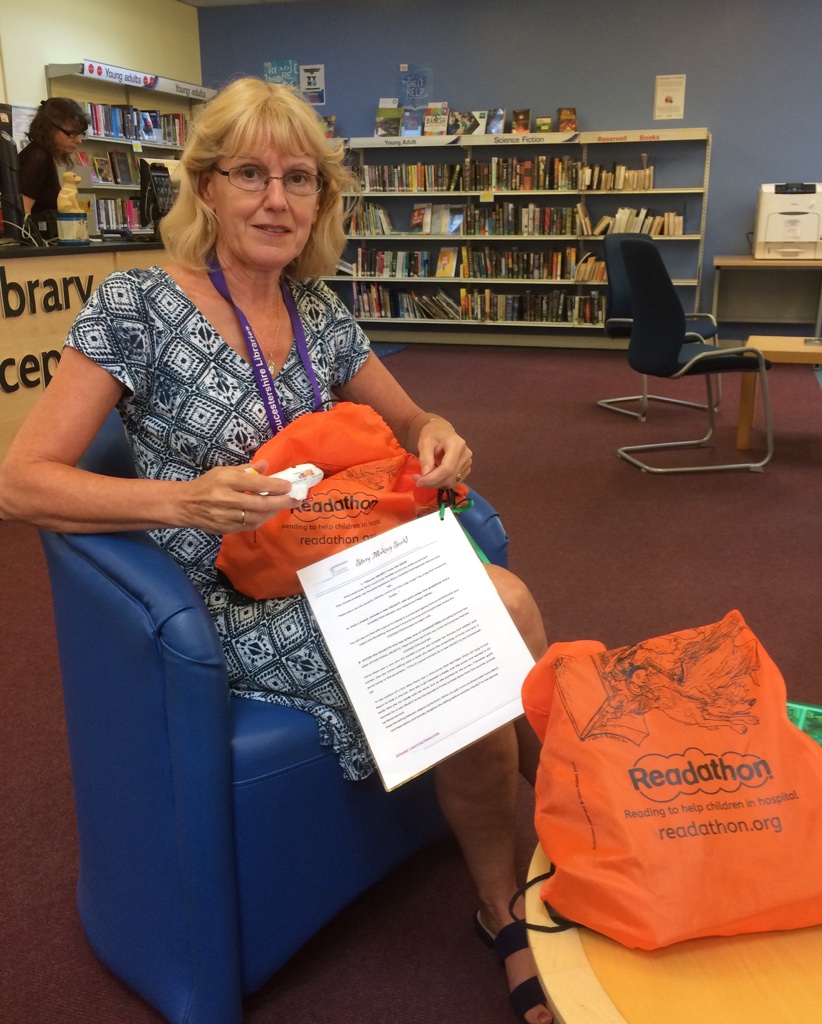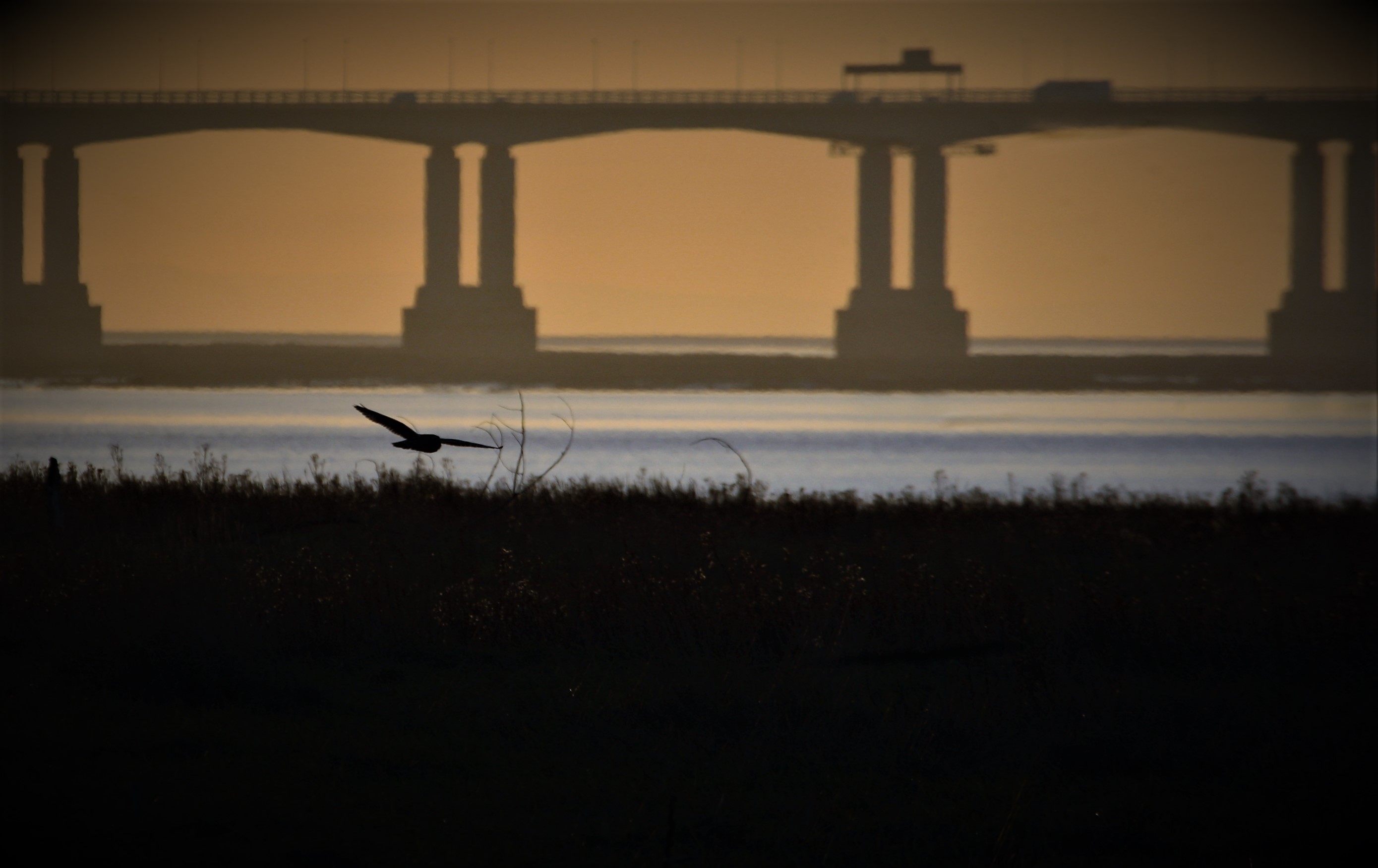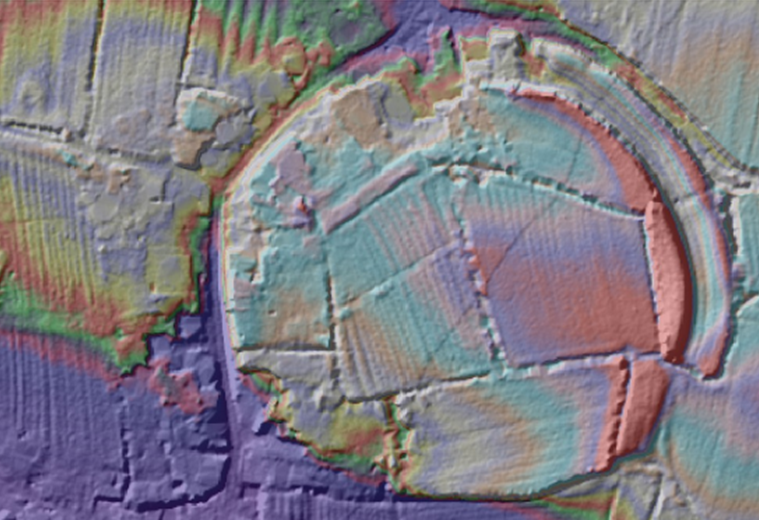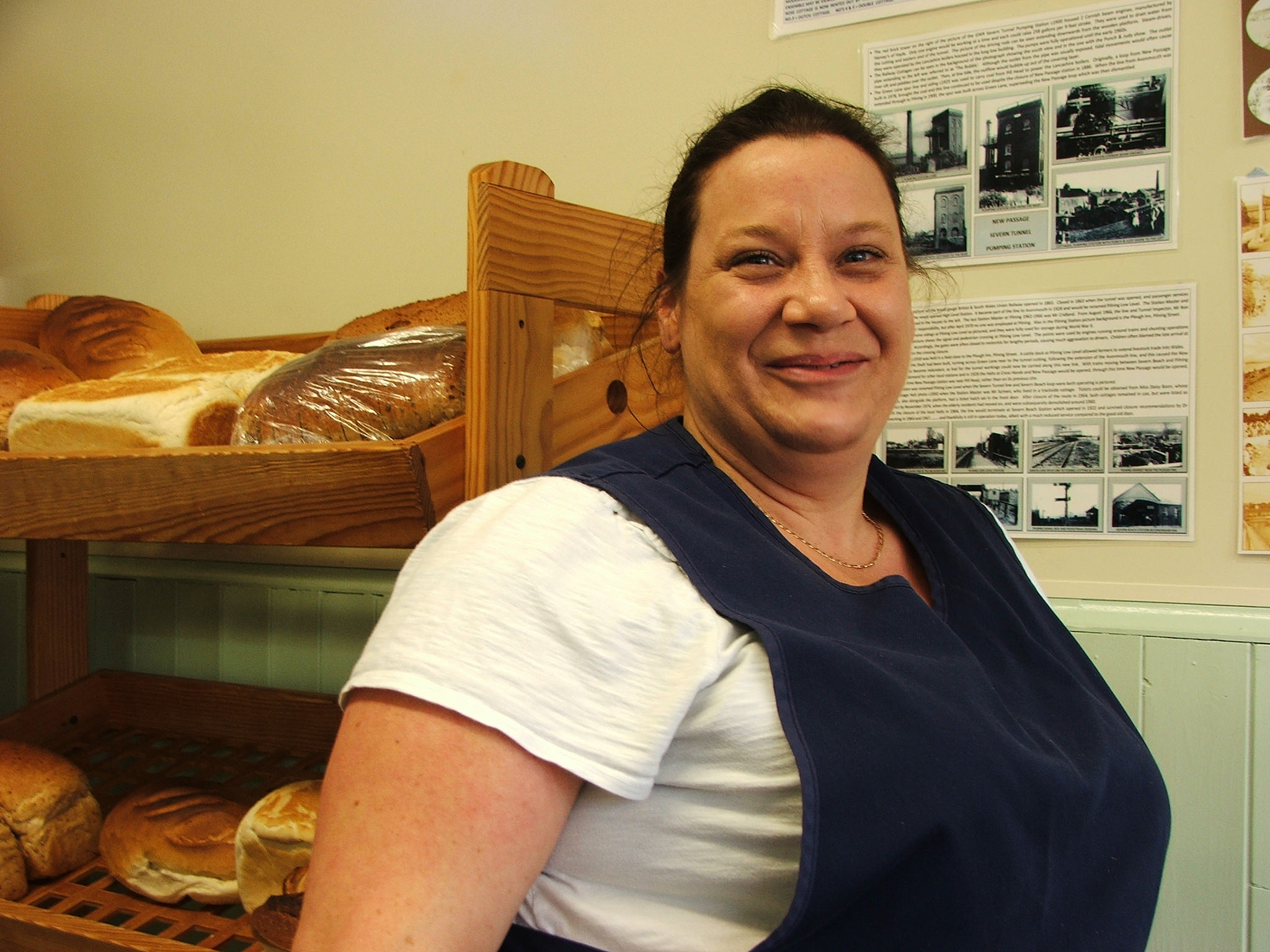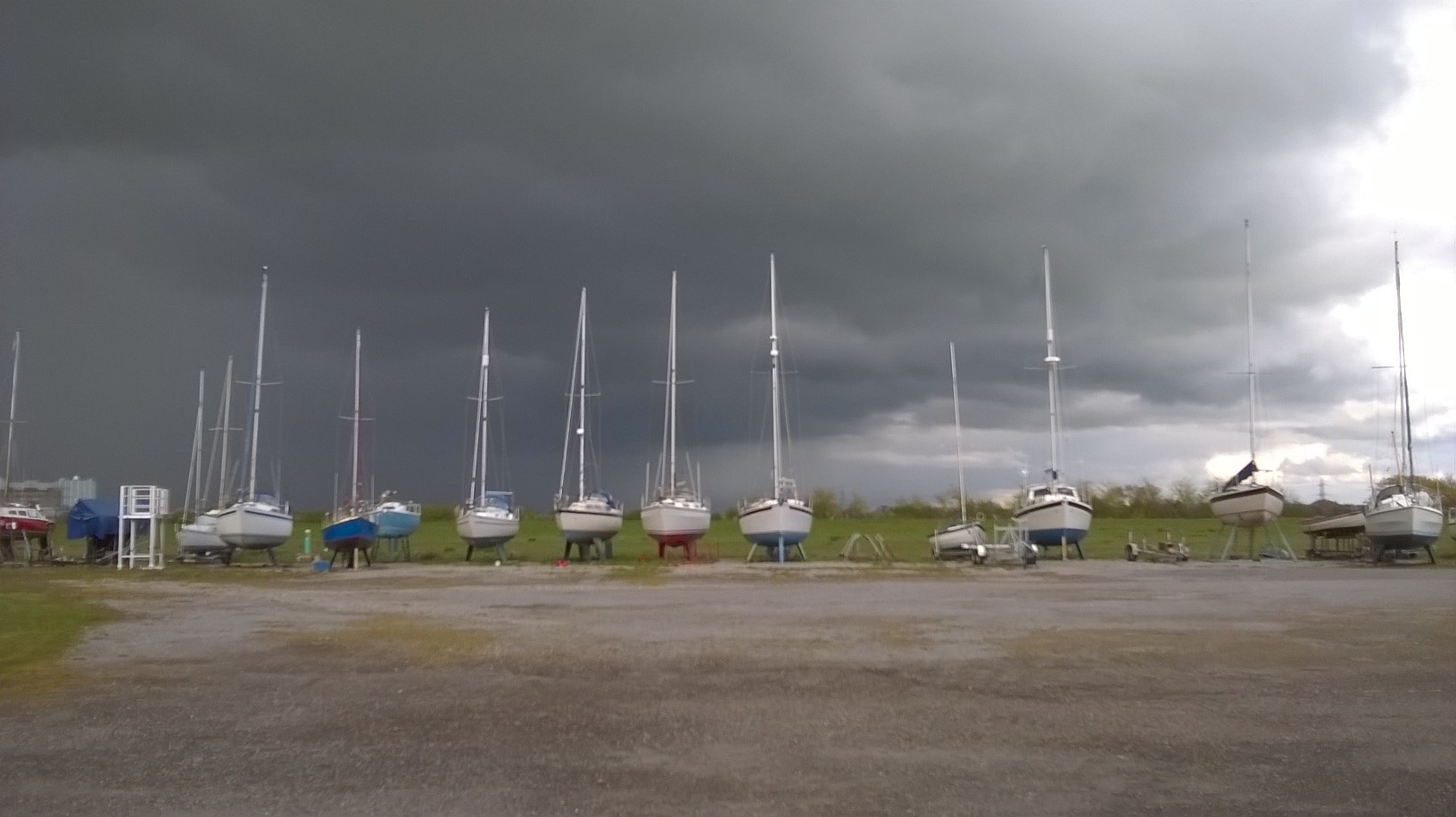Learning Materials / Under and over
Geocaching (Under and Over)
-
 A Forgotten Landscape geocache. Photo credit: Helen Horler
A Forgotten Landscape geocache. Photo credit: Helen Horler -
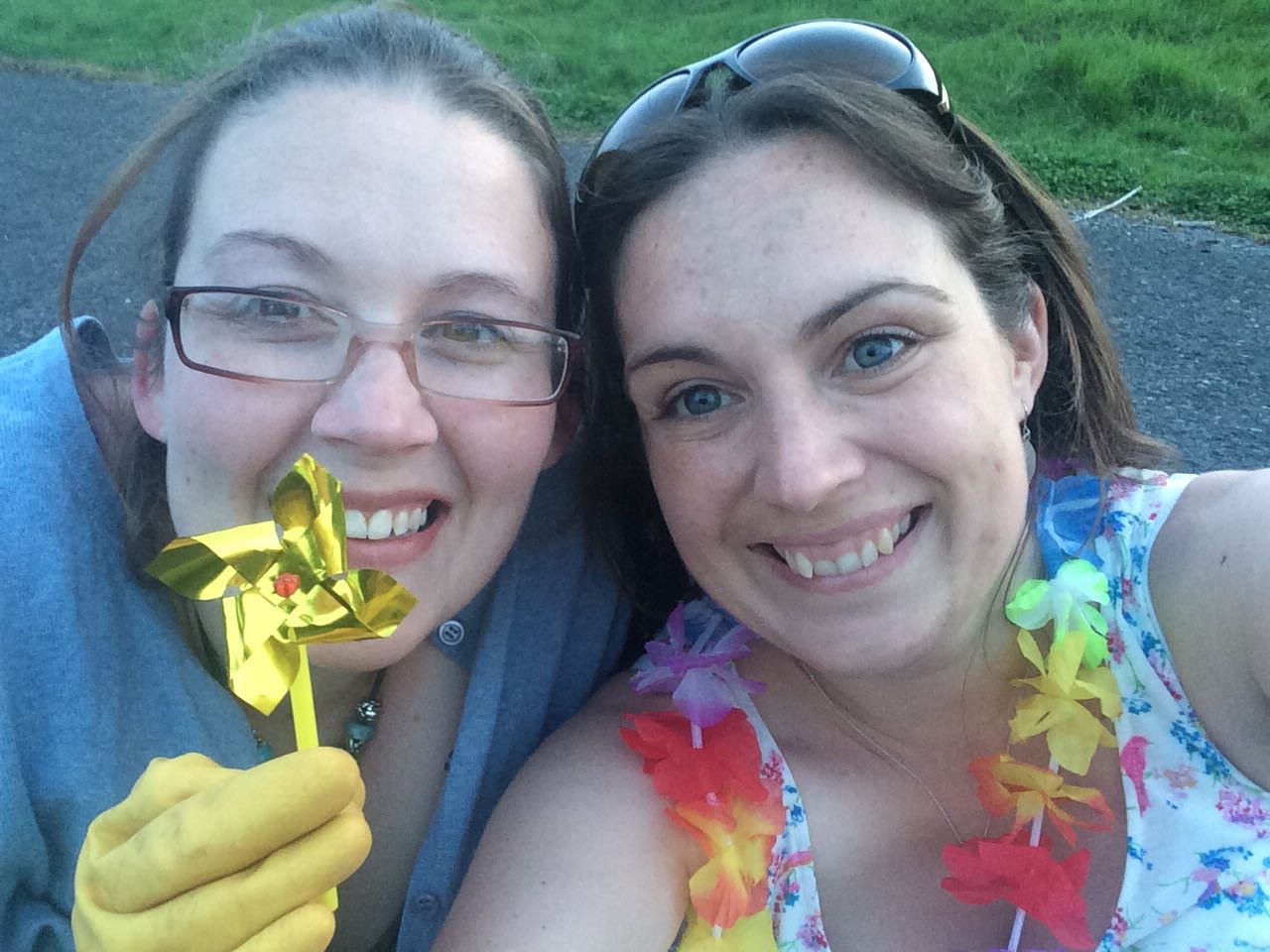 Geocache finders
Geocache finders
Geocaching is a global treasure hunt which anyone can get involved with. All you need is a wifi enabled smartphone or tablet with a free geocaching app. It’s a great way to get out and about and explore the landscape.
New to geocaching? There’s all the information you need to get started here: https://www.geocaching.com/guide/
Our fantastic volunteers set up geocaches (hidden boxes) at their favourite spots so finders could discover more about A Forgotten Landscape. Each one highlights a particular aspect of the landscape, and contains information so you can learn more about it.
Since the end of the project, many of the AFL geocaches have been ‘adopted’ by other keen geocachers so you should still be able to search for them using these codes:
GC796QB – Four?Bridges
GC78GY0 – StArildas
GC78G6B – Woodwell
GC78H1K – Severnway
GC7B3XM – A Forgotten Landscape Remembered
The ‘Teachers’ Guide to Geocaching’ is for teachers interested in using geocaching as a learning tool. It contains information about how to discover existing geocaches as well as making your own. This guide is linked to the National Curriculum 2014.
What is the educational case for geocaching?
- Geocaching can meet the needs of a range of learning styles.
- Geocaching can help children develop key skills: team work, problem solving, enquiry, investigation and analysis.
- Geocaching increases children’s sense of place.
- Geocaching increases children’s awareness of GPS and GIS technologies and provides the opportunity to use different equipment.
- Geocaching is a gender-neutral activity so there are no excuses!
- Geocaching takes place in both urban and rural locations.
- Geocaching takes place outdoors; a good reason to get some fresh air and get active.
Did You Know?
The term geocaching was first coined by Matt Stum in 2000 and joined the prefix ‘geo’, for Earth, to describe the global reach of the activity and ‘cache’ to illustrate the hidden nature of the find.


